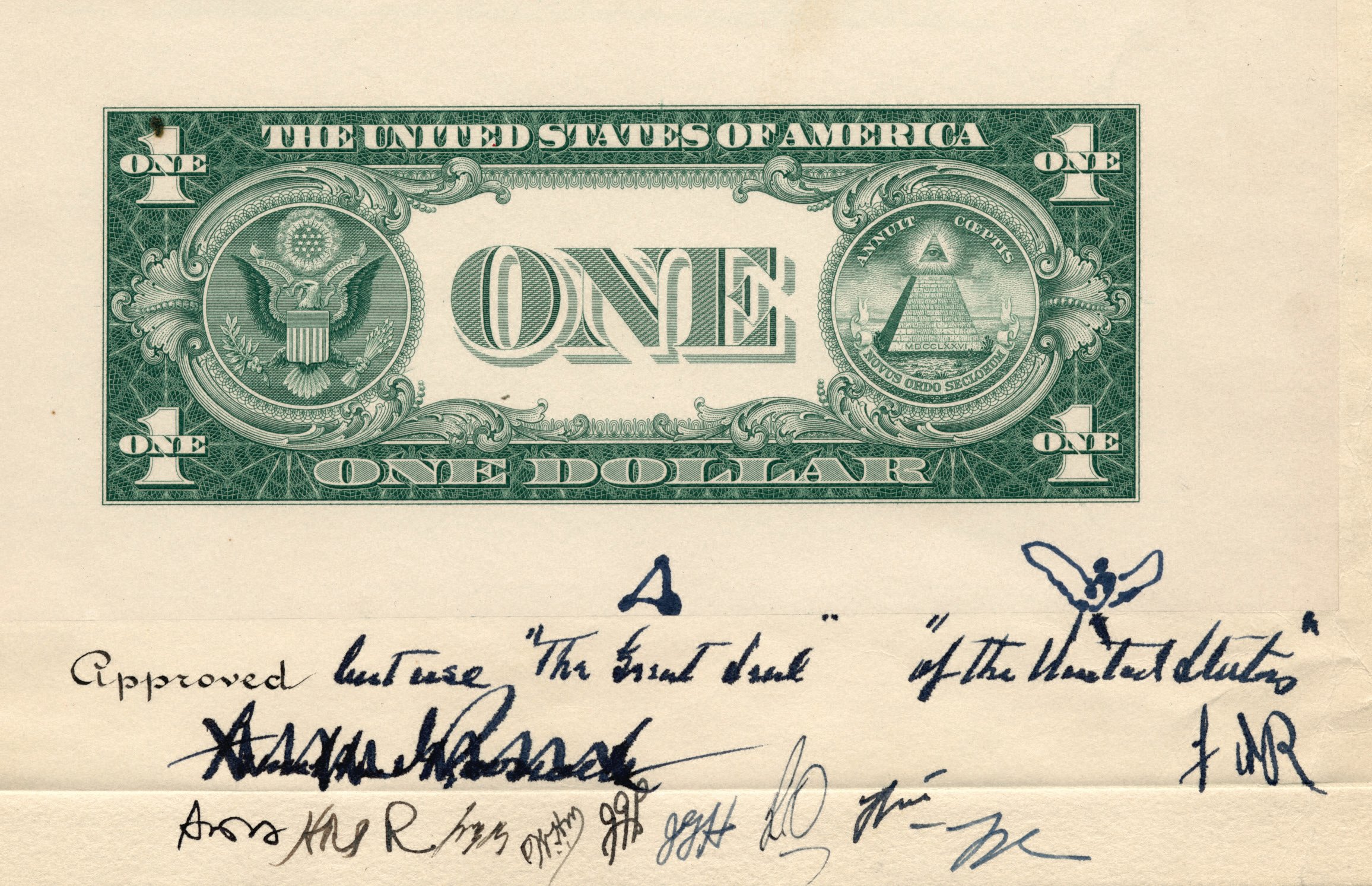
Story Highlights
- Historical event
- 20 June 1782
- The Great Seal of the United States largely correlates with Masonic symbolism. The image on the reverse, an unfinished pyramid with an eye in a triangle at the top, is particularly controversial. It is the so-called "all-seeing eye" or the "Eye of Providence". The Great Seal appears on the US one dollar bill.
On this day, in 1782, the design of the Great Seal of the United States was adopted by the US Congress. The seal today appears on the US one dollar bill. The seal greatly correlates with Masonic symbolism, which has led to various interpretations.
The Great Seal has two sides:
– front side contains an American eagle
– the reverse side contains a pyramid with the eye and the motto “Novus ordo seclorum”.
The front of the seal (with the eagle) is today actually used as the US national emblem.
The eagle holds 13 arrows and an olive branch in his talons. The image on the reverse, an unfinished pyramid with an eye in a triangle at the top, is particularly interesting.
It is the so-called “all-seeing eye” or the “Eye of Providence” that often appears in Masonic symbolism.
The number 13 appears on the stamp in many forms. We have already mentioned the bundle of 13 arrows in the eagle’s talon.
Indeed, the olive branch is depicted with 13 leaves and 13 olives. 13 stars appear above the eagle which supports a shield with 13 red and white stripes.
Furthermore, the pyramid consists of 13 layers. Even the mottos “Annuit coeptis” and “E pluribus unum” both have 13 letters.




